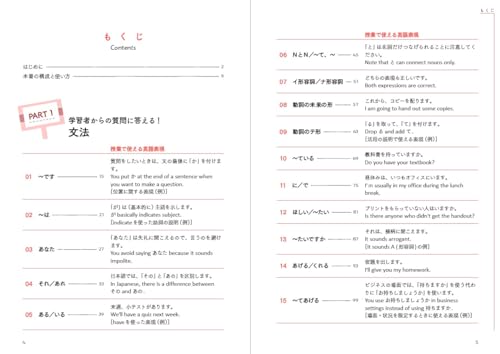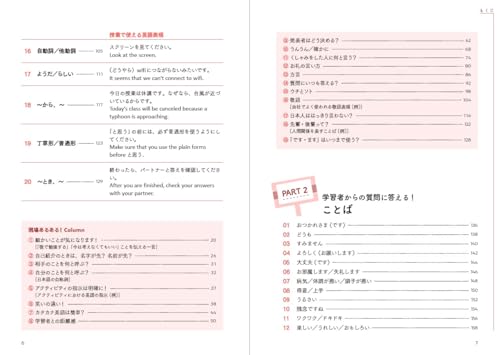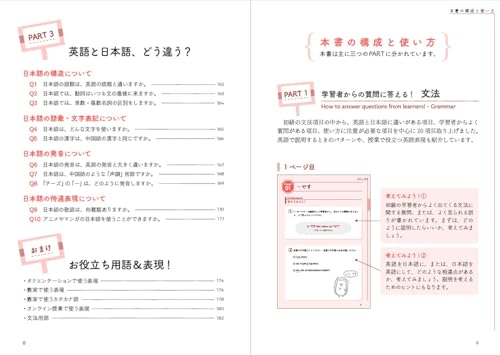Easy English Expressions for Teaching Japanese: How to explain this situation







Popis
A must-have for anyone interested in teaching Japanese in English! Learn to explain basic Japanese grammar and vocabulary using simple English. Learn the differences between Japanese and English. Packed with practical examples!
■ From the "Introduction" In Japanese language classes, it's crucial to provide ample opportunities for students to listen to and speak Japanese. However, especially at the beginning of the beginner's course, students often struggle to fully understand grammar, vocabulary, and cultural background using only Japanese. Some students also feel anxious about whether they're understanding Japanese correctly. If there's a common language, such as English, that students can understand, using that language to explain things can help students deepen their understanding of Japanese and alleviate their anxiety. Furthermore, class time is limited. Taking advantage of the differences between English and Japanese to provide concise explanations can also help streamline time. That said, explaining and answering questions in English can be challenging. In fact, many teachers report feeling unsure about whether their English is accurate or not. On the other hand, we've also heard concerns that "the English explanations become longer, reducing the time learners have to listen to Japanese." Therefore, this book is for current and future Japanese language teachers who want to be able to use English to explain grammar and vocabulary and answer questions. It provides concise examples in as simple English as possible, as well as key points for teaching in English. The topics covered are those frequently asked about by beginner-level learners and those where there are differences between Japanese and English. The goal is to help you use English to explain things while considering these differences. Furthermore, rather than simply memorizing example sentences, the book aims to help you gradually acquire the English skills needed in the classroom by practicing commonly used words and sentence patterns. (Omitted) The environment surrounding Japanese language education is diverse and continues to change. It is important for teachers to be flexible and adapt to the environment. To do this, teachers need to have a wide range of skills at their disposal. We hope this book will be a valuable addition to your arsenal.




